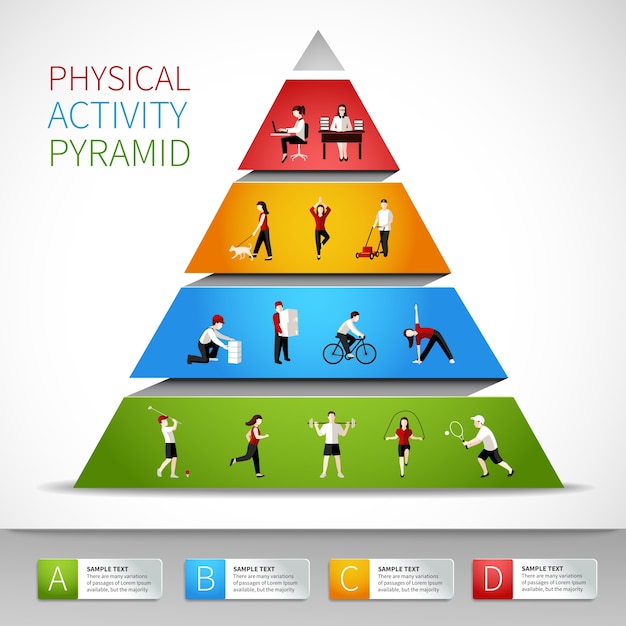
When you decide it’s time to lose weight—whether it’s the scale, your own goals, or advice from your doctor pushing you to make changes—it’s crucial to approach the journey the right way. While it might seem appealing to rely only on diets and supplements, that approach alone usually doesn’t cut it. Making a real, lasting difference often requires a full lifestyle change. If you’re not already exercising, now’s the time to start.
### How Much Exercise Do You Actually Need?
One of the first questions that might pop into your mind is: how much do I need to work out to lose weight? The answer depends on your personal weight loss goals, because the amount of exercise required will vary from person to person.
To start, let’s look at the general recommendations for maintaining your weight and staying healthy. Adults should aim for either 150 minutes of moderate aerobic exercise (like brisk walking) or 75 minutes of vigorous aerobic activity (like jogging or running) each week. On top of that, it’s also recommended to do muscle-strengthening activities at least twice a week.
However, if you’re trying to lose weight, you’ll need to step up your game. Experts suggest clocking in at least 250 minutes of exercise per week. This should be a mix of moderate and vigorous activity, with at least 100 minutes dedicated to vigorous exercise. This effort ensures you’re burning more calories than what you’re consuming.
### Cardio vs. Strength Training: What Should You Focus On?
You might have visions of toned arms and six-pack abs, which could motivate you to head straight to the weightlifting section of the gym. While strength training has its benefits for building muscle, it’s not the most effective workout if weight loss is your main goal. Strength exercises alone don’t burn enough calories for significant weight loss. Cardio workouts, on the other hand, keep your body in constant motion and burn more calories, making them the better option for shedding pounds. Focus on cardio for now, and you can focus on building muscle after you hit your weight loss target.
### How to Stay on Track and Avoid Setbacks
Two of the biggest roadblocks to sticking with an exercise routine are boredom and injury. If you want to meet your goals, you’ll need to address both.
#### Beating Boredom
Life is busy, and sometimes working out doesn’t rank high on our list of priorities. Many people quit their fitness routines when they get bored or lose interest. To keep things fresh and exciting, try switching up your workout environment. For example, alternate between the gym, outdoor runs, and home workouts using fitness videos or games. Even small changes, like varying your running routes or using different rooms or equipment in the gym, can make a difference.
If external distractions like TV shows, music, or audiobooks are calling your name, incorporate them into your workout. Watch your favorite series while using a treadmill, listen to an audiobook during a jog, or match your running pace to upbeat music. Keeping your mind entertained can make the process more enjoyable and distract you from the physical effort.
#### Avoiding Injuries
Just as boredom can derail your progress, so can injuries. Luckily, you can minimize your risk of getting hurt by following a few precautions.
Start slow. While you might be eager to dive headfirst into 250 minutes of intense workouts per week, it’s smarter to ease into it. Begin with a manageable mix of moderate and vigorous exercises, like 30-minute sessions five days a week.
Warm up properly. Launching straight into a high-intensity workout can lead to muscle strains, which might sideline you for weeks. Instead, start at a slower pace, stretch if needed, and gradually increase your intensity.
Incorporate variety with cross-training. Doing different types of activities—such as swimming, running, cycling, or using the elliptical—can work various muscle groups and reduce the risk of overuse injuries. Mixing things up also keeps it interesting.
### Exercise Alone Isn’t Enough: The Weight Loss Triangle
To see real results, working out is just one piece of the puzzle. Successful weight loss usually involves balancing three key factors: exercise, food choices, and occasionally, diet supplements.
#### Making Smarter Food Choices
What you eat plays a huge role in your weight loss efforts. Consuming more calories than you burn will cancel out all the hard work you’re doing in the gym. Skip the oversized portions, sugary drinks, and junk food. Instead, aim for smaller portions and healthier choices so you’re not eating more calories than your body can handle.
#### The Role of Diet Supplements
While it’s possible to lose weight without ever taking diet pills, some people find them helpful for jumpstarting their progress—especially those who struggle with overeating. Certain diet supplements can help suppress your appetite or boost your metabolism, making it easier to stick to healthier habits. However, they should only be used in moderation and for short periods. Keep in mind that some groups—like pregnant women, children, or individuals with underlying health issues—should avoid them entirely, so always approach supplements with caution.
### Wrapping It Up
Weight loss is achievable when you commit to a sustainable exercise routine and combine it with smarter food choices. Start slow to avoid injuries, switch up your workouts to keep things interesting, and be open to exploring tools like diet supplements if you need a little extra help getting started. With time and effort, you can reach your goals and maintain a healthier lifestyle.